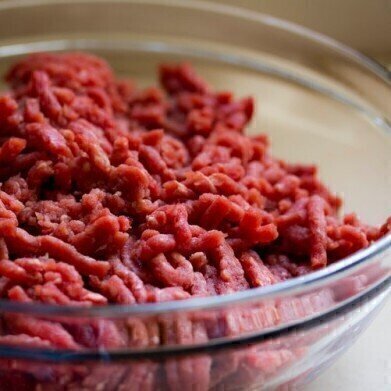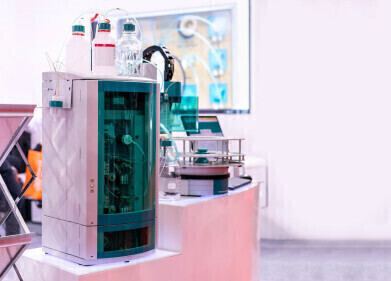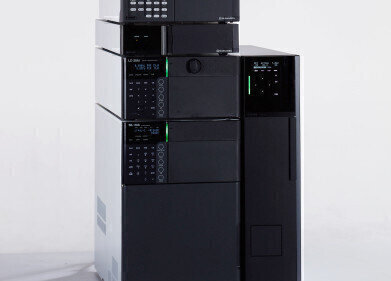Ion Chromatography (IC)
How Long Does It Take to Detect Food Fraud?
May 22 2021
Food adulteration and fraud is big business with a 2018 European Commission report estimating the global cost as EUR 30 billion per year. But there is not only an economic cost to food fraud. There is a very real public health cost too with methanol poisoning, melamine in baby milk and industrial rapeseed oil examples of recent food frauds that have resulted in health scares and deaths.
One area of food fraud involves the same of mislabelled meat products with a cheaper alternative used in place of an expensive meat. A recent paper published in the Journal of Agricultural and Food Chemistry reports on a novel way to test for food fraud in meat. In the paper - Rapid Analysis and Authentication of Meat Using the MasSpec Pen Technology – researchers from the University of Texas at Austin report on the novel use of a pen to detect food fraud.
Is that horse meat?
Food fraud is increasing and is a concern for regulators, manufacturers and consumers. Consumers need to know that they are getting what they are paying for and that the food is fit for use and safe to eat. There might also be cultural, dietary and religious reasons why a person needs to know exactly what they are eating. The most common fraud involving meat is substitution of inferior or cheaper meat for the meat the consumer is expecting. In recent years, the ‘horse meat scandal’ of 2013 is an obvious example when some products labelled as beef actually contained between 80-100% horse meat.
Currently, the so-called gold-standard method of detecting food fraud in meat products is using either a polymerase chain reaction (PCR) to detect differences in the DNA of the meat and the possible adulterant; or by using liquid chromatography-mass spectrometry (LC-MS). The use of chromatography to detect adulterants or impurities is discussed in the article, Leveraging Ion Chromatography-Mass Spectrometry for the Impurity Analysis of a Small Organic Acid. But that could be about to change.
I can name that meat in 15 seconds
The MasSpec Pen was devised by a team of scientists at the University of Texas at Austin to look for cancerous tissue in people. The pen is used to differentiate between cancerous tissue and healthy tissue during surgery. The pen works by releasing a solvent drop onto the tissue and small molecules from the tissue can migrate into the liquid. Then the sample is taken into the device and a mass spectrometer analyses the molecular fingerprint.
The team used the MasSpec Pen on meat and fish and it accurately delivered a result in 15 seconds. This is much quicker than LC-MS or PCR and the pen is also portable. The team are hoping to be able to use the pen with a portable mass spectrometer to provide a handheld, portable device that can be quickly and easily used in the field.
Digital Edition
Chromatography Today - Buyers' Guide 2022
October 2023
In This Edition Modern & Practical Applications - Accelerating ADC Development with Mass Spectrometry - Implementing High-Resolution Ion Mobility into Peptide Mapping Workflows Chromatogr...
View all digital editions
Events
ACS National Meeting - Fall 2024
Aug 18 2024 Denver, CO, USA
Sep 04 2024 Chiba, Tokyo, Japan
Sep 04 2024 University of Warwick, Coventry, UK
Sep 10 2024 Rockville, MD, USA
Plastics Recycling World Expo Europe
Sep 11 2024 Brussels, Belgium














